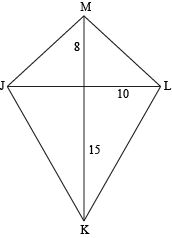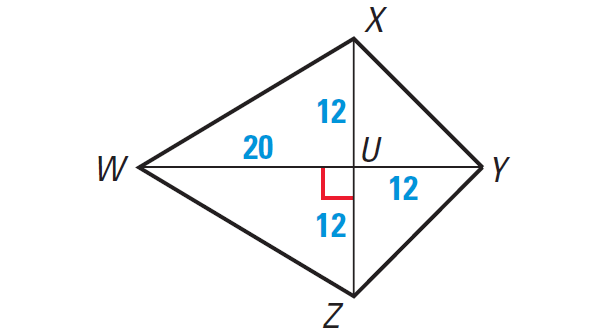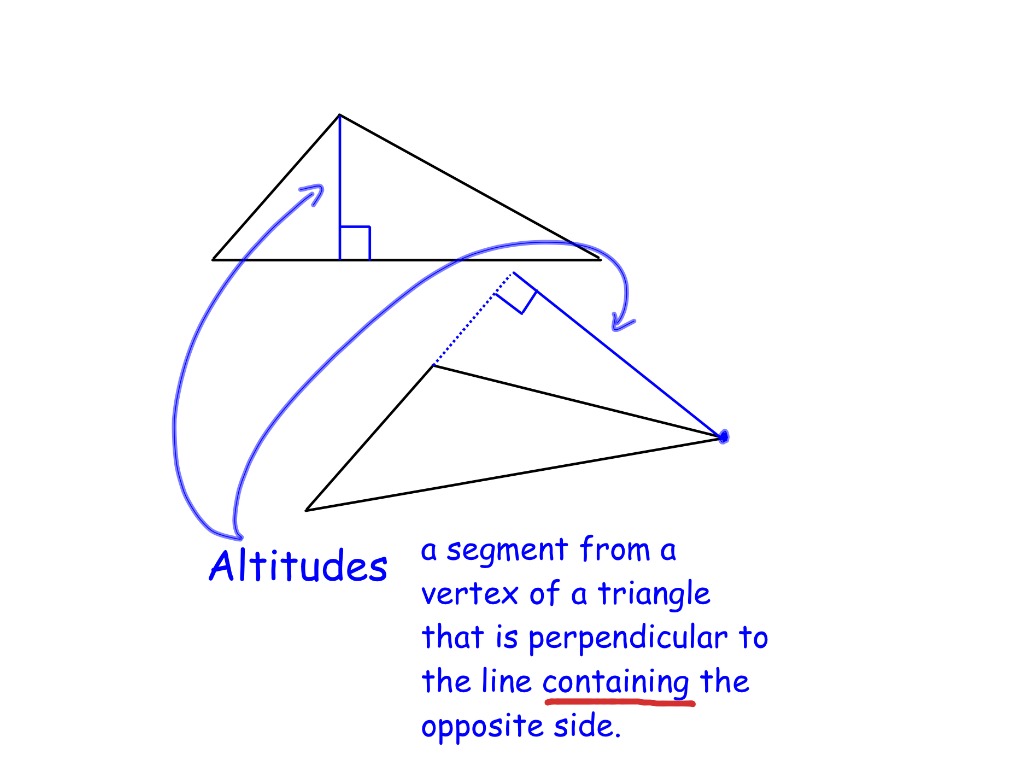


The kites are the quadrilaterals that have an axis of symmetry along one of their diagonals.

The tiling that it produces by its reflections is the deltoidal trihexagonal tiling.Įxample convex and concave kites. One of them is a tiling by a right kite, with 60°, 90°, and 120° angles. There are only eight polygons that can tile the plane in such a way that reflecting any tile across any one of its edges produces another tile a tiling produced in this way is called an edge tessellation. Among all the bicentric quadrilaterals with a given two circle radii, the one with maximum area is a right kite. Because they circumscribe one circle and are inscribed in another circle, they are bicentric quadrilaterals. That is, for these kites the two equal angles on opposite sides of the symmetry axis are each 90 degrees. the kites that can be inscribed in a circle) are exactly the ones formed from two congruent right triangles. The kites that are also cyclic quadrilaterals (i.e. By avoiding the need to treat special cases differently, this hierarchical classification can help simplify the statement of theorems about kites.Ī kite with three equal 108° angles and one 36° angle forms the convex hull of the lute of Pythagoras. The remainder of this article follows a hierarchical classification, in which rhombi, squares, and right kites are all considered to be kites. For the same reason, with a partitioning classification, shapes meeting the additional constraints of other classes of quadrilaterals, such as the right kites discussed below, would not be considered to be kites. However, with a partitioning classification, rhombi and squares are not considered to be kites, and it is not possible for a kite to be equilateral or equiangular. According to this classification, every equilateral kite is a rhombus, and every equiangular kite is a square. With a hierarchical classification, a rhombus (a quadrilateral with four sides of the same length) or a square is considered to be a special case of a kite, because it is possible to partition its edges into two adjacent pairs of equal length. It is possible to classify quadrilaterals either hierarchically (in which some classes of quadrilaterals are subsets of other classes) or as a partition (in which each quadrilateral belongs to only one class). This means it will double the value of the area of the kite.The deltoidal trihexagonal tiling is made of identical kite faces, with 60-90-120 degree internal angles. Thus, only the final value of the area of the kite will remain a product of (d) 1 and (d) 2. The final result we have, A' =½ × 2(d) 1 × (d) 2. Let us substitute the value of any 1 diagonal as 2(d) 1 in the area of the kite formula. The area of a kite depends on the two diagonals of the kite and is directly proportional. What Happens to the Area of Kite If the One Diagonal of Kite is Doubled? The area of any kite let's say ABCD with diagonal AC and BD is given as ½ × AC × BD. Here (d) 1 and (d) 2 are long and short diagonals of a kite. The formula of area of a kite is given as Area = ½ × (d) 1 × (d) 2. The area of a kite is half the product of the lengths of its diagonals. The length of the other diagonal can be found by substituting the length of the first diagonal into the area of a kite formula if the area is known. The length of one diagonal of a kite can be found using the Pythagorean theorem.
#Whats altitude geometry in kites how to#
The area of a kite can be calculated using the formula Area = ½ × (d) 1 × (d) 2 How to Find the Diagonals of a Kite? FAQs on Area of Kite How to Find the Area of a Kite?


 0 kommentar(er)
0 kommentar(er)
